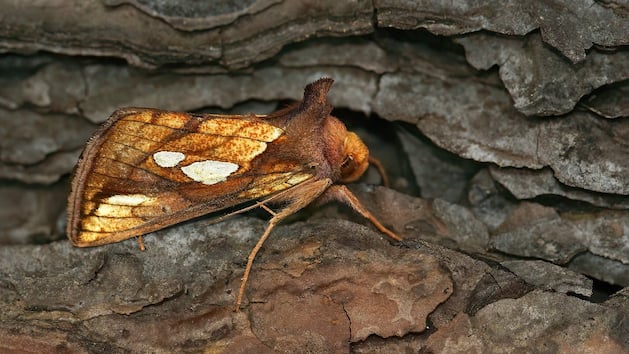The effects of climate change are particularly evident in the Arctic regions where warming appears to be four times faster than the global average. This also has serious consequences for the animal world.
This is how researchers around Leana Zoller from the Martin Luther University Halle-Wittenberg report in the journal “Nature Ecology
The working group recorded a sharp decline in hoverflies and moths in particular, which specialize in certain flowers when searching for pollen. This would also endanger the continued existence of many plants that depend on pollinators for reproduction.
In 2018 and 2019, the researchers working with Zoller documented in the small community of Kittilä which insects target which plants and how many pollinators exist.
There is one reason why the scientists chose this location in Lapland, about 120 kilometers north of the Arctic Circle, for their study: in the years 1895 to 1900, a forester in Kittilä systematically recorded pollinators and plants. The environmental researchers compared his data with their own results.
“We noticed drastic changes in the pollinators’ networks,” says Zoller, according to a press release from the Helmholtz Center for Environmental Research. Only seven percent of flower visits today involved the same species of insects and plants as they did more than 120 years ago. According to Zoller, this is “surprisingly little”.
During their investigations, the researchers found noticeably fewer hoverflies and moths. Instead, more bumblebees and flies are now traveling to the region around Kittilä. Zoller and her colleagues were not able to determine whether their pollinator performance and that of the previous species were about the same.
So far, there have been no indications that the plants are not being sufficiently pollinated. However, hoverflies and moths are highly specialized and probably pollinate certain plants more effectively than other insects. This makes it easier for moths to collect nectar from tubular flowers with their long proboscis.
Currently, other species seem to have taken over the pollen transfer from moths and hoverflies without causing a noticeable decline in plant growth.
However, should the populations of all pollinating insect species decrease in the future, the pollinator network could collapse.
According to the researchers, studies have shown that further north in the High Arctic, the number of certain flies has already decreased rapidly due to global warming.
The original of this article “Climate change drastically reduces the number of pollinators” comes from Spektrum.de.
